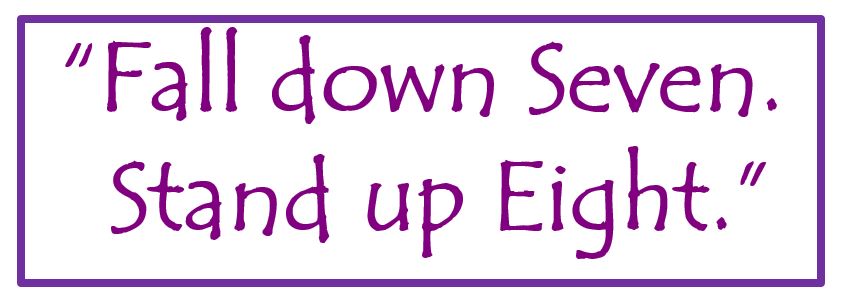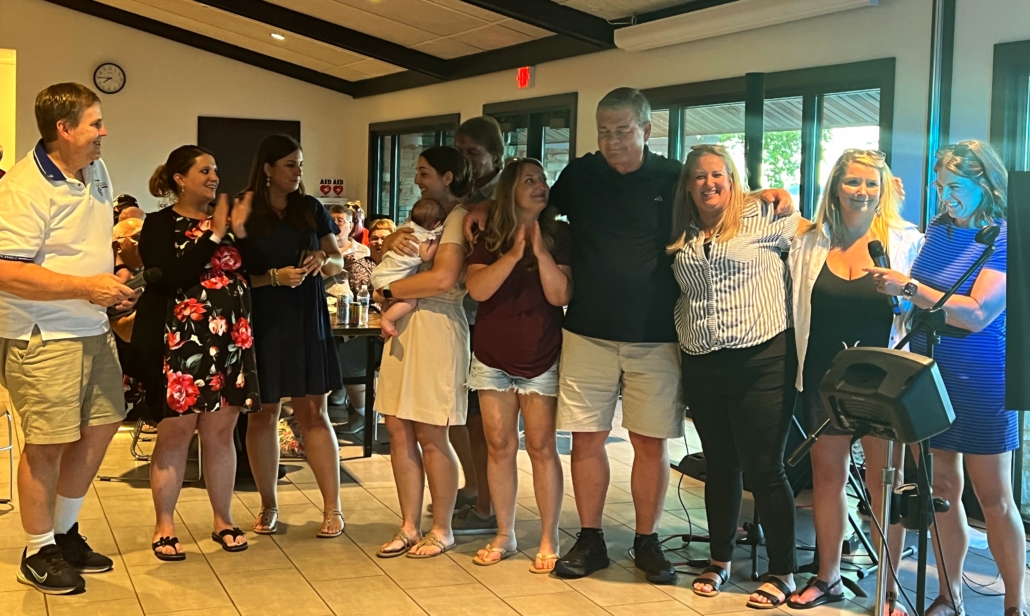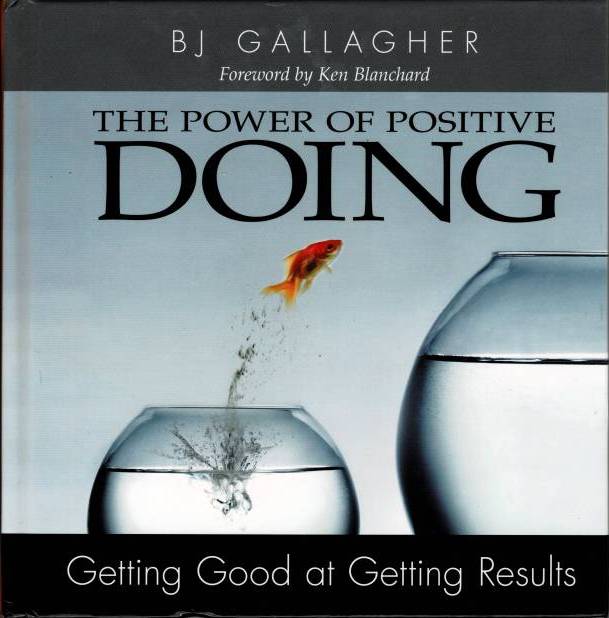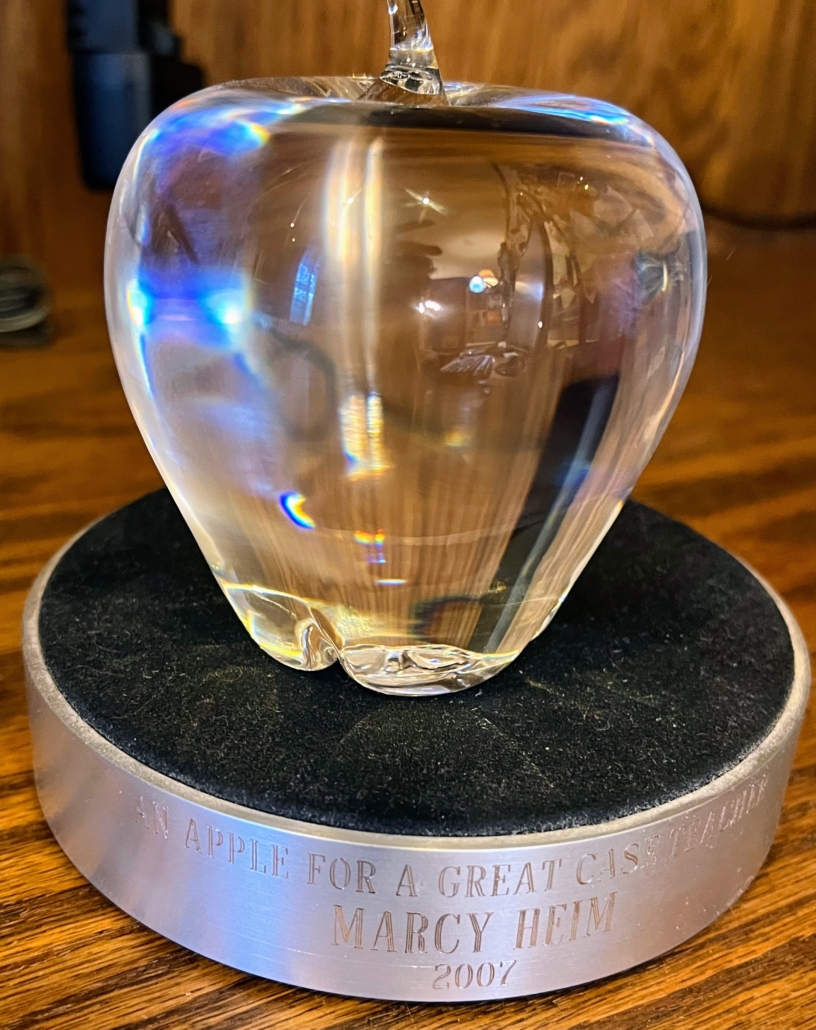Ever ask someone what they want – in life, in their work, in their spouse, for their kids —-and get a whole ear full of what they DON’T WANT?
Do you find that you, too, focus on, and give voice to, what you DON’T want?
“I sure hope it doesn’t rain for our event.”
“I don’t think our major donors want to meet with us.”
“The board won’t connect me to their network.”
The best way to deal with this tendency is to create specific intentions for what you DO want to happen!
Here’s how:
- Determine what you DO want.
- Write this result down.
- Work backwards on what steps will take you to this result.
This is effective in both your life in general and also for your major donor relationship-building.
In our major gift work, a Relationship Action Plan – or RAP – guides us along in creating an artful and LIFE LONG giving relationship. These relationships, when genuine, build the kind of trust that inspires both more and larger giving over time.

Too often these plans are in our head! When I began a disciplined process to write these out for my top 20 or so potential givers, one benefit was a good night’s sleep!
Let’s start with a definition — A relationship action plan (RAP) is a written plan of the specific, artful actions you, and/or your partners, will take, at least once a month, your top 25-50 givers over a year or more to facilitate their maximum long-term investments using reverse engineering.
The most comprehensive plans are for your very top givers – not everyone!
Here are the 10 steps needed to create this plan and a bit about each one….
1. Givers highest in capacity & interest are selected
These can be selected as a result of elaborate research. OR, a simple “best guess ranking” of capacity, interest and readiness will often do the trick. So don’t feel you need expensive data before you can create these. Even the smallest organization with part-time staff can use this to increase major giving.
 2. Everything known is captured
2. Everything known is captured
Really dig in and learn all you can about these top folks. Stop and consider what you already know about their interests, how much they really know about your organization, what legacy you think they would want to leave and what steps/actions/people/experiences/ information would help deepen the relationship to one of pride in what they can do by giving to you.
3. Partners are identified
These come from the obvious – board and other staff – but also consider other donors they know, community groups they are part of and who they connect with as part of their kids’ sports or interests. These partners help all around the Cycle of Successful Relationships.
4. Long-term giving goals/project(s) are identified
This is really the MOST IMPORTANT STEP – what do you want them to give? What is the highest gift you estimate this prospect is capable of making if your best guess is correct? Dream big here! This is the gift you will work TOWARDS! This is what you focus on!
5. Step goals/projects are identified
Funding smaller projects provides immediate joy right now and gives you a reason to say THANK YOU and stay in touch! How you treat them – getting the thank you letter out, letting them know how a smaller gift was used – builds trust. And you can sprinkle your conversations with them with ideas and stories that test future, and larger, giving interests.
6. Partners are recruited and engaged
Involving partners not only helps create a thoughtful relationship with your top donor but it deepens the relationship with the partner at the same time. It’s the prefect way for us to demonstrate to another donor that you are, indeed, focused on helping a donor make a gift that brings them joy, while also helping you. And it lets a partner tell you how they are most comfortable being involved in the process.
7. Action steps for monthly touches are planned for you and partners
You each will have your own systems – formal or informal – for calendaring this all out in a way. You must track your work to be sure you stay in touch and do what you set out to do!
8. You EXECUTE the plan
Plans without execution go nowhere. Enuf said. Embrace accountability!
9. Has the giving goal been achieved?
Throughout the year, where are you in being ready to speak an artful ask? Has your work given you clarity on the project and amount to ask for?
10. Adjust the plan moving forward
Often times your ask will open up new questions answer as you continue the conversation. Yet OFTEN, these plans executed will lead to YES and become part of next year’s plan!
Using RAPS will help you focus and bring clarity to your goal for a giver. This planning treats your giver with respect and all the staff and partners involved also have clear direction. YOU are happier because you know what you’re doing with donors. You work in gratitude visits assuring that this key role is not overlooked.
Finally, RAPS help you raise more and larger gifts! And that’s good for everyone!
RAP Away!





 2. Everything known is captured
2. Everything known is captured



 find their best time to give!
find their best time to give!

